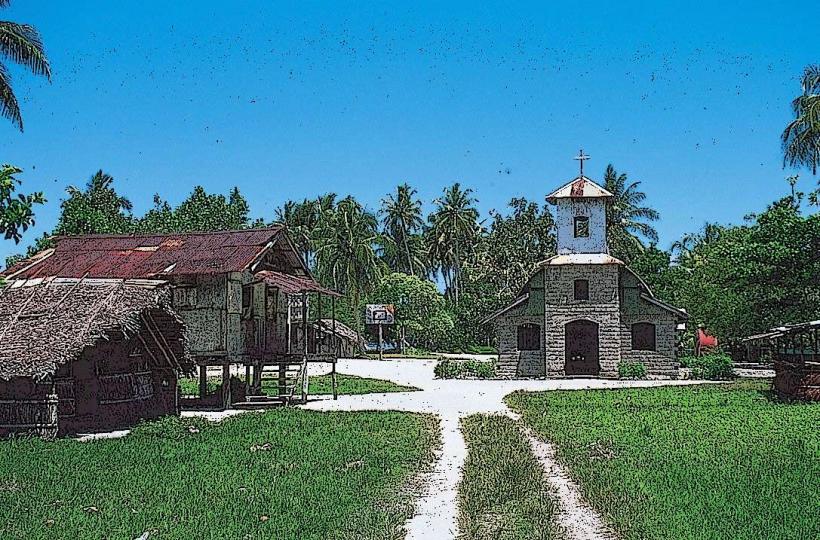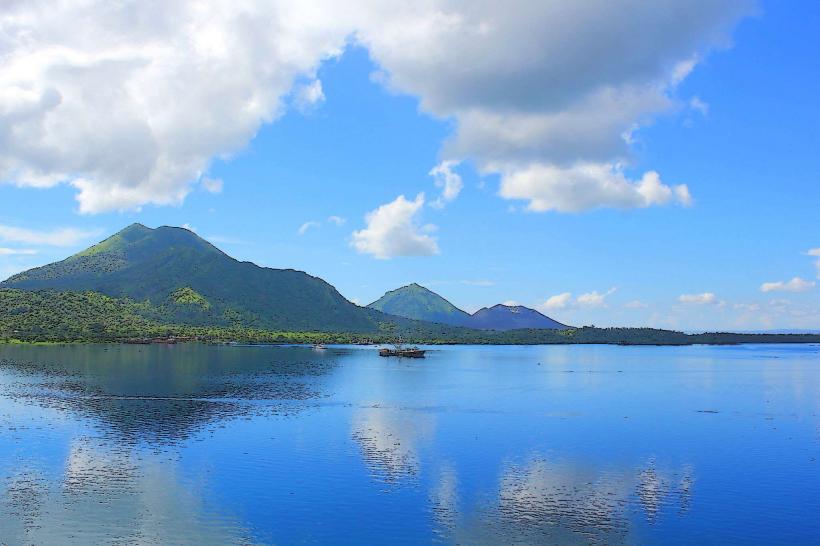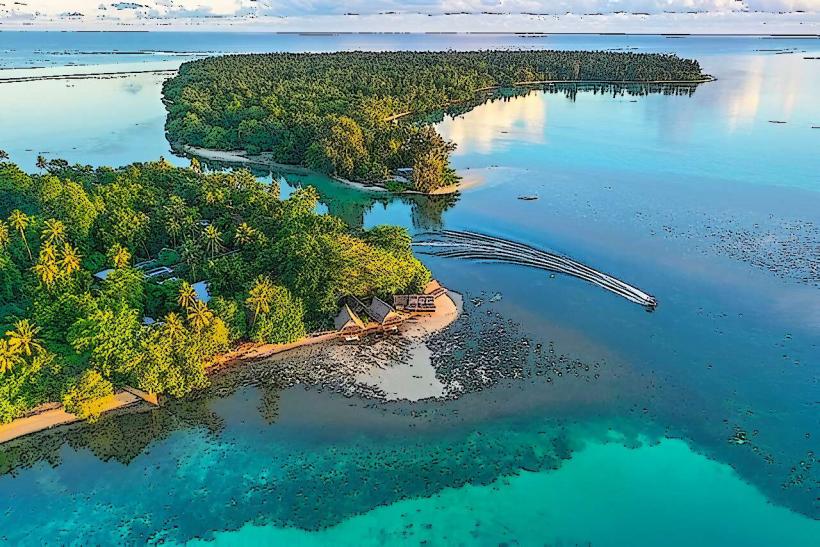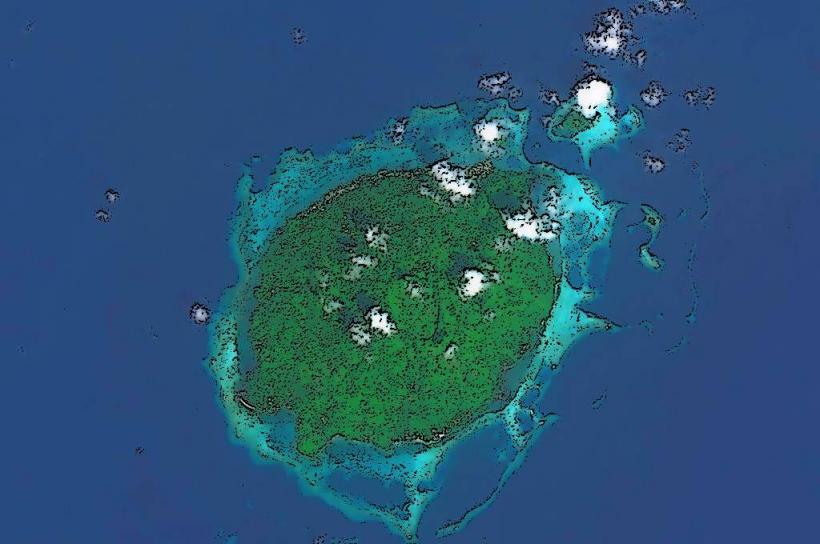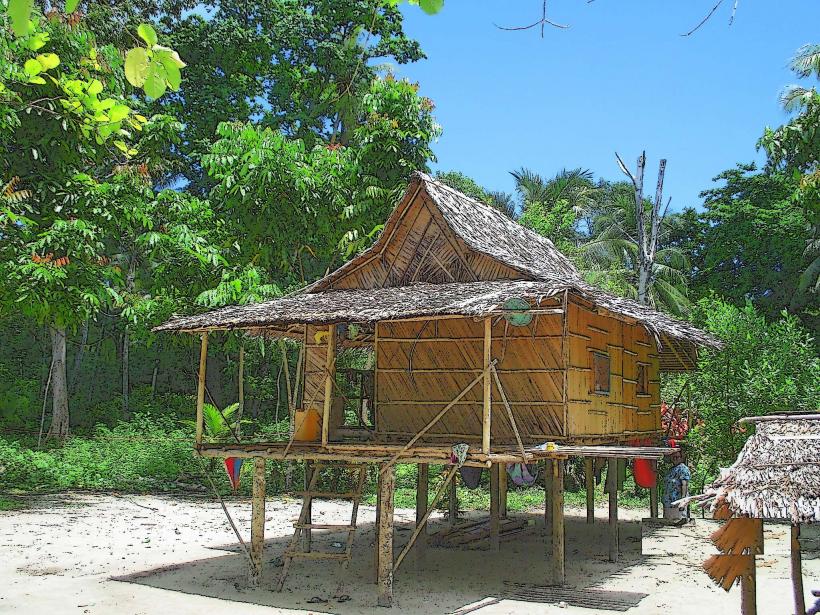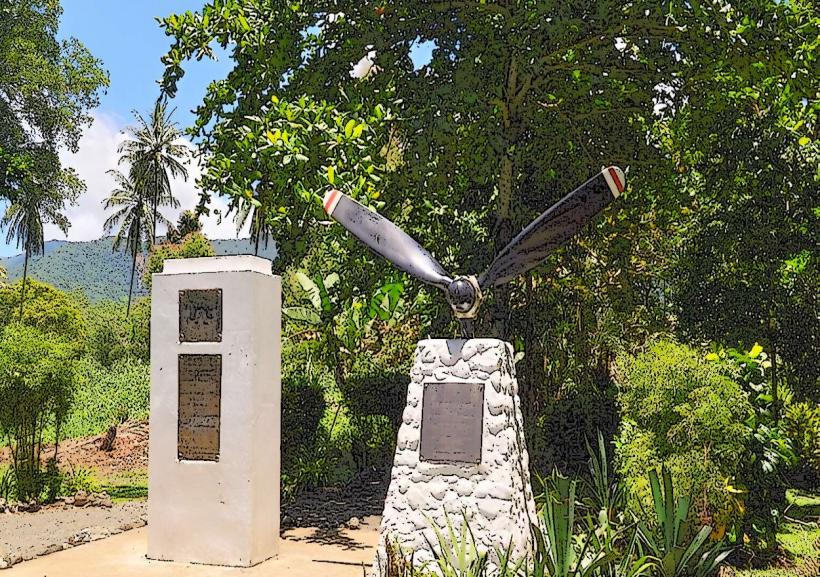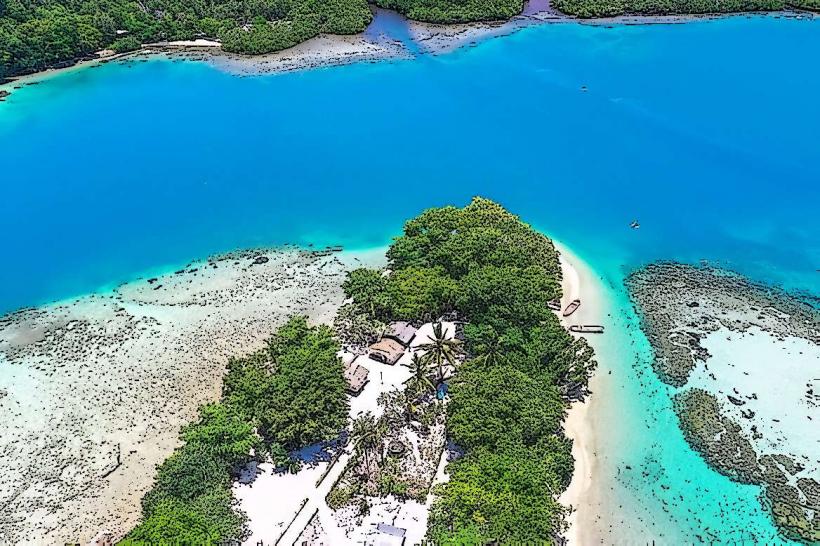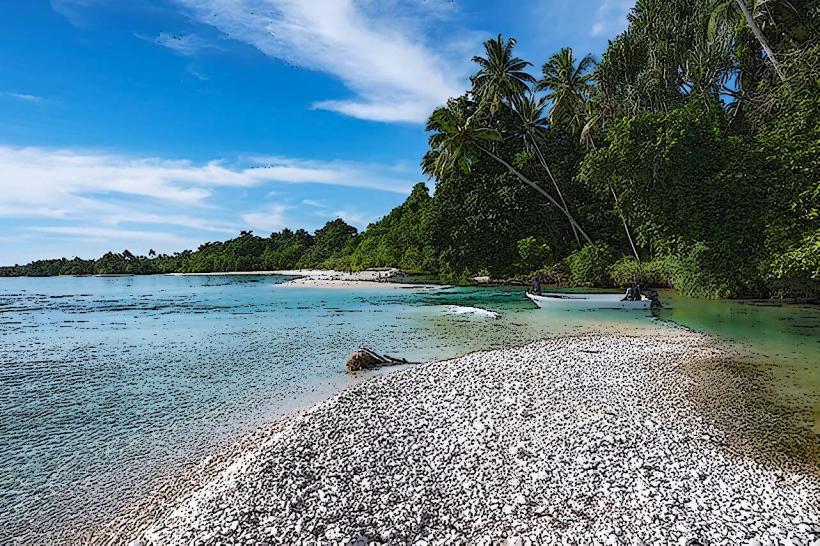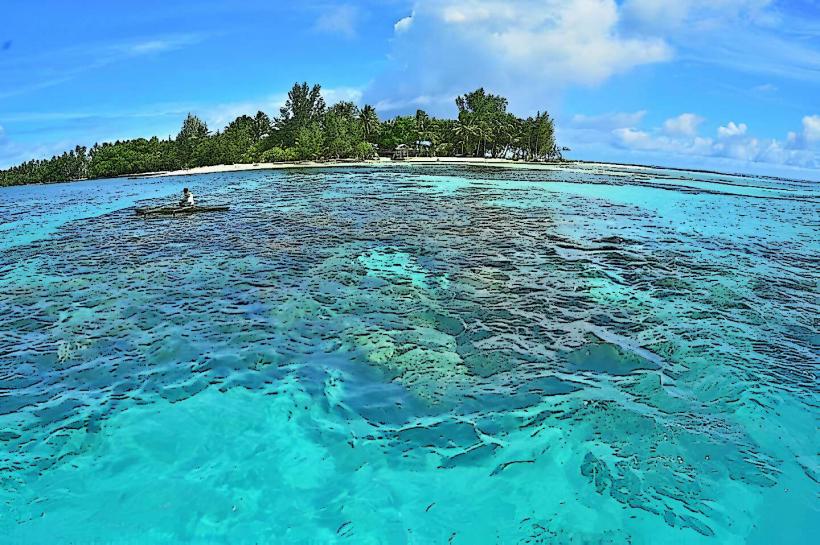Information
Landmark: Manus IslandCity: Manus
Country: Papua New Guinea
Continent: Australia
Manus Island is the largest island in the Manus Province of Papua New Guinea, located in the northern part of the country, just north of the mainland, within the Bismarck Archipelago. It is a significant and culturally rich part of Papua New Guinea, known for its stunning natural beauty, unique history, and diverse communities. Here are some key aspects of Manus Island:
Geography:
- Location: Manus Island is situated in the Admiralty Islands group, part of the Bismarck Archipelago. The island is surrounded by the Pacific Ocean and is approximately 300 kilometers (186 miles) north of the mainland of Papua New Guinea.
- Landscape: The island features rugged, mountainous terrain with lush rainforests, coral reefs, and beautiful beaches. It has a tropical climate, with high rainfall and warm temperatures year-round, making it rich in biodiversity.
History:
- World War II: Manus Island holds historical significance due to its role during World War II. It was used as a military base by the United States, and the island's airstrips were crucial for the Allied forces in the Pacific campaign. Manus was a key part of the supply and logistics network for the Allied operations in the region.
- Post-War Development: After the war, Manus continued to play an important role in Papua New Guinea's development. In the 1960s, it became a central point for administration and governance in the region as part of the Territory of Papua and New Guinea.
Culture and People:
- Indigenous Communities: Manus Island is home to various indigenous groups, with the Manus people being the most prominent. They have a rich cultural heritage, with traditional languages, customs, and rituals still being practiced. The people of Manus are known for their strong ties to the land and the sea, with fishing and agriculture being central to their livelihoods.
- Languages: Several languages are spoken on the island, including the Manus language and Tok Pisin, which is widely used as a lingua franca in Papua New Guinea.
- Traditional Practices: The island's people maintain traditional practices, including intricate carving, weaving, and pottery. Manus culture is also marked by elaborate initiation ceremonies and a strong sense of community and kinship.
Economy:
- Fishing: Fishing is a primary economic activity for the people of Manus. The island's surrounding waters are rich in marine life, including fish, shellfish, and other marine products.
- Agriculture: Agriculture is another key component of the local economy, with crops such as taro, yams, coconuts, and bananas being grown on the island. The fertile volcanic soil supports a variety of crops.
- Exports: Manus Island has some agricultural exports, including copra (dried coconut), and the fishing industry also contributes to the provincial economy.
Manus Island as a Refugee Processing Center:
In recent years, Manus Island became known internationally due to its role in Australia's offshore detention policy. In 2001, Australia established a detention center on the island as part of its efforts to process asylum seekers and refugees attempting to reach Australia by boat. The Manus Island Regional Processing Centre was controversial, facing criticism from human rights organizations and the international community. The center was officially closed in 2017, but the impact of the policy continues to affect the island’s image.
Environment and Biodiversity:
- Marine Life: The surrounding coral reefs of Manus Island are rich in biodiversity, making it a potential area for eco-tourism and conservation efforts. The island's waters are home to various species of fish, dolphins, and sea turtles.
- Rainforests and Wildlife: The island’s rainforests host a range of unique flora and fauna, including various bird species and endemic plants.
Tourism:
- Natural Beauty: Manus Island offers stunning landscapes, from pristine beaches to dense rainforests and dramatic mountain ranges. Tourists interested in ecotourism, hiking, diving, and cultural experiences often visit the island to explore its natural wonders and indigenous heritage.
- Historical Sites: Visitors can explore remnants of the World War II era, such as old military installations, airstrips, and war memorials.
Challenges:
- Infrastructure: Manus Island faces challenges related to infrastructure development, including limited access to health services, education, and modern amenities, which affects the quality of life for many residents.
- Political and Economic Issues: The impact of the refugee processing center, along with issues related to governance and resource management, has sometimes affected the island’s development.
In summary, Manus Island is a place with deep historical, cultural, and natural significance. Despite the challenges, it remains a unique and captivating destination with a strong local community and an important place in the history of Papua New Guinea.

